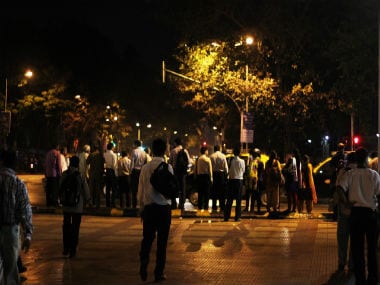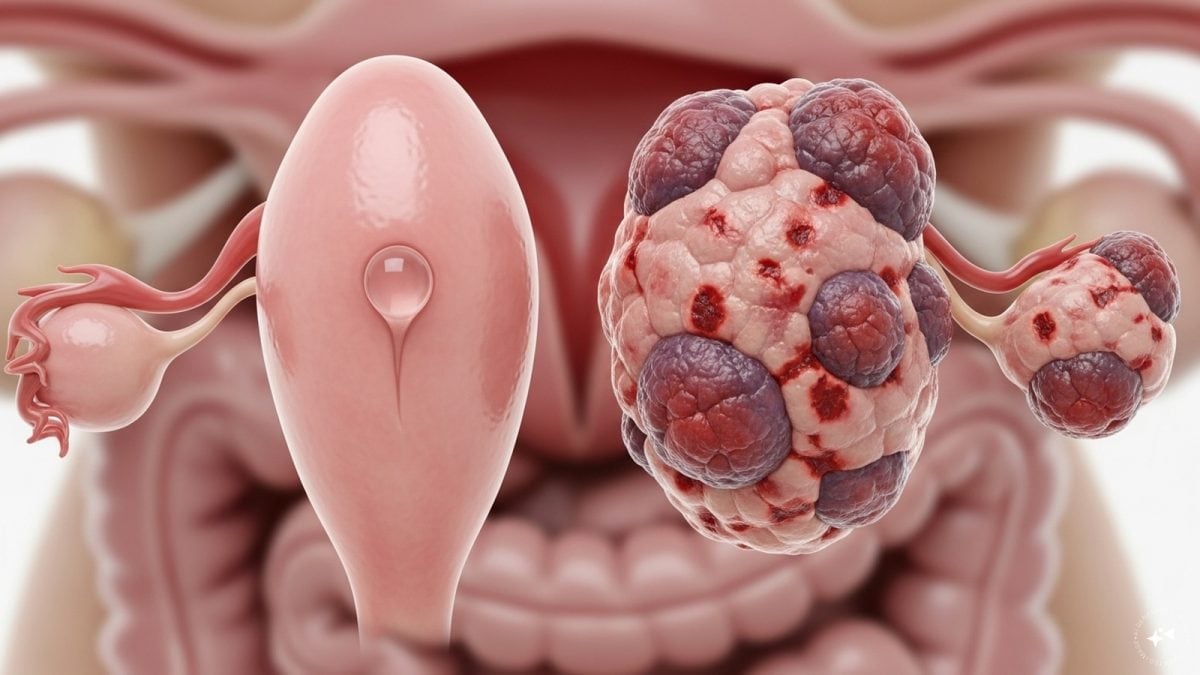Minister of State for Health and Family Welfare Ashwini Kumar Choubey recently told the Lok Sabha that his ministry has earmarked 25 mental health hospitals to become Centres of Excellence (CoE). He was responding to a question in Parliament. While these mental health facilities already exist - what the government is proposing to do now is support them to become better. The world over, CoE is an established format for hospitals that are frontrunners in disease research and treatment. The best among these institutions are known for developing exemplary models of care. [caption id=“attachment_7269711” align=“alignleft” width=“380”]  Representative image. Image by PDPics from Pixabay[/caption] India has a high burden of mental health disorders - many of which go unreported and are never treated. Since the 1980s, governments have been trying to raise awareness about mental health disorders and make treatment accessible - they have had limited success. Here’s a quick look at the data. State of mental health affairs According to the World Health Organization (WHO), mental health is not just the absence of disease - it also encompasses “mental well-being, prevention of mental disorders, and treatment and rehabilitation of people affected by mental disorders”. WHO India data show that while mental health disorders will account for an estimated loss of $1.03 trillion between 2012 and 2030, India still has a very low ratio of psychiatrists (0.3) and mental health nurses (0.8) per 100,000 population. (WHO used the 2010 dollar-rupee exchange rate for this estimate.) By comparison, China has 2.2 psychiatrists per 100,000 population and Sri Lanka has 0.5. Data also show that India has a high burden of mental health illness - measured in disability-adjusted life years (DALY), or the loss of productive years in a person’s life because of a disability. In India, according to WHO, mental health-related DALY is 2,443 years per 100,000 people. Globally, DALY for mental disorders is 1,630 years per 100,000 population. According to the Indian Council of Medical Research (ICMR), psychiatric disorders account for five of the 10 leading causes of DALY. Data collection ICMR first conducted a major mental health survey in 1961, in Agra, Uttar Pradesh, with 29,468 participants. In another first for the country, from 1976-83, ICMR organized a multicentric collaborative study on severe mental morbidity at four centres – Bengaluru, Vadodara, Kolkata and Patiala. This was the beginning of ICMR task-force projects on mental health research. Since then, ICMR has been working on mental health problems specific to the country where they take help from mental health professionals in an attempt to lighten the burden of morbidity due to mental health disorders. The WHO maintains a country-wise Global Health Observatory data repository - an additional source of data on mental health in the world and specifically in India. Making treatment accessible in India According to the National Mental Health Survey 2015-16 — the latest government mental health survey to cover the whole country — only about 10-12% of people suffering from depression in India get treatment. The survey recommended that the government strengthen and implement mental health policies and programmes - some of which were instituted nearly four decades ago. In 1982, the then government had launched a National Mental Health Programme with a three-point agenda: to ensure the availability and accessibility of mental healthcare for all; to encourage the application of mental health knowledge in general healthcare and development; and to promote community participation in the mental health service development. Last year in July, the Mental Healthcare Act 2017 came into effect - among other things, it promises people living with mental health conditions the right to access mental health care, the right to confidentiality, and protection from cruel, inhuman and degrading treatment. Indeed, between 1982 and 2018, many institutions like the National Institute of Mental Health and Neurological Sciences (NIMHANS) have been working to raise awareness and improve access to mental health care. Yet, the stigma around mental illnesses persists. Sometimes, the high cost of treatment also makes it difficult for patients and families to reach out for help. If the 25 earmarked institutions live up to the international standard in CoEs, they could change the mental health scenario in India forever. Health articles in Firstpost are written by myUpchar.com, India’s first and biggest resource for verified medical information. At myUpchar, researchers and journalists work with doctors to bring you information on all things health. To know more on this topic, please visit https://www.myupchar.com/en/disease/mental-illness
According to the National Mental Health Survey 2015-16, only about 10-12% of people suffering from depression in India get treatment.
Advertisement
End of Article


)

)
)
)
)
)
)
)
)



